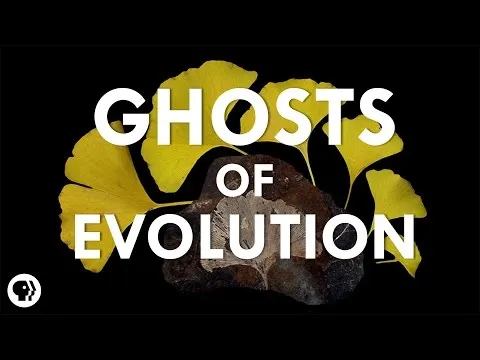Ginkgo biloba has been described as a ‘living fossil’ because it is the sole survivor of an ancient group of trees that date back to beyond the time of the dinosaurs.
Also known as the ginkgo tree or the maidenhair tree, is the only living species of its genus, family, order, class, and division (Ginkgophyta), wich is found in fossils in the rocks of the Jurassic and Cretaceous (270 million years).
Ginkgo biloba is native to China, but it has been widely planted as ornamental or cultivated individuals, being popular in towns worldwide and farmed in plantations for their medicinal properties.
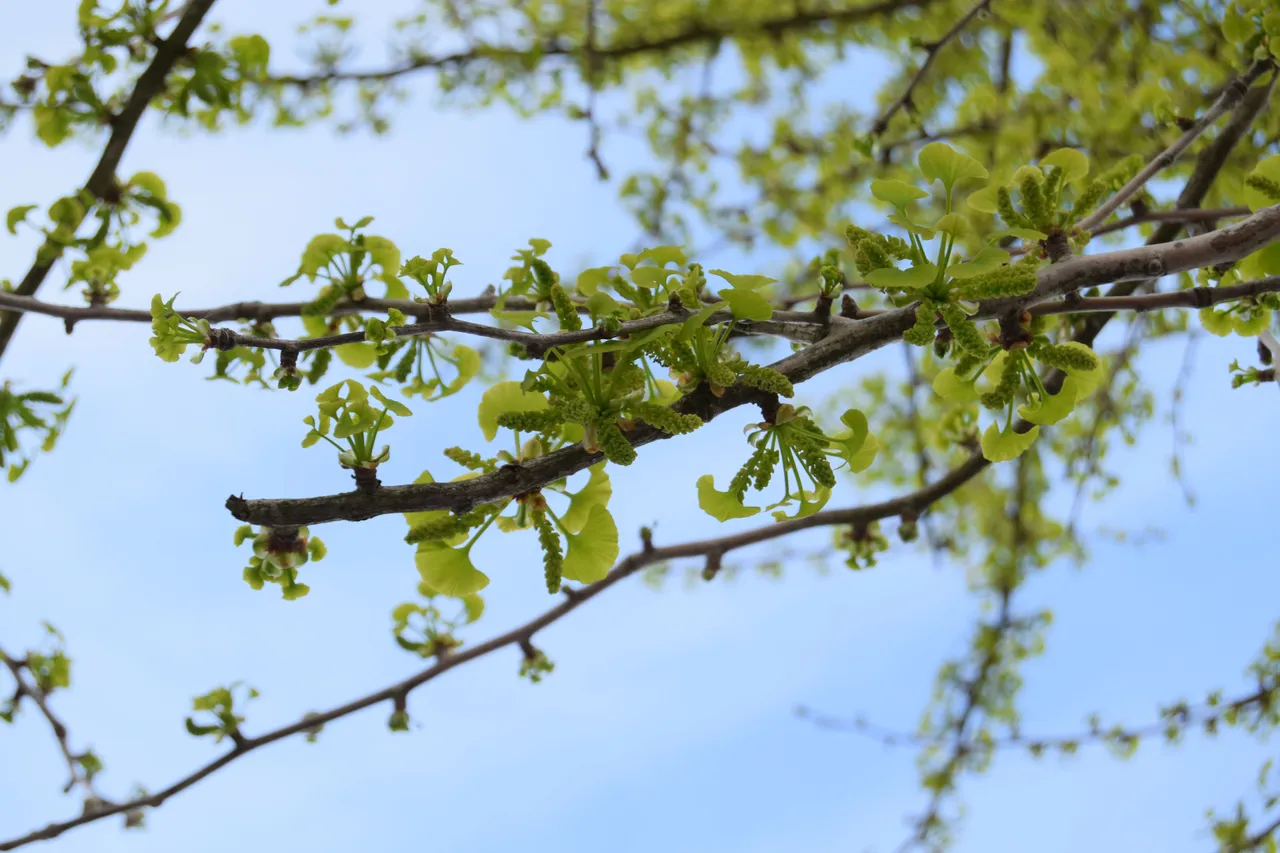
The feature I most appreciate are the characteristic bright green leaves fan-shaped and composed of two or more distinct lobes. The specific epithet biloba derived from the Latin bis, "two" and loba, "lobed", referring to the shape of the leaves
In autumn, the leaves get a beautiful golden hue before falling to the ground.
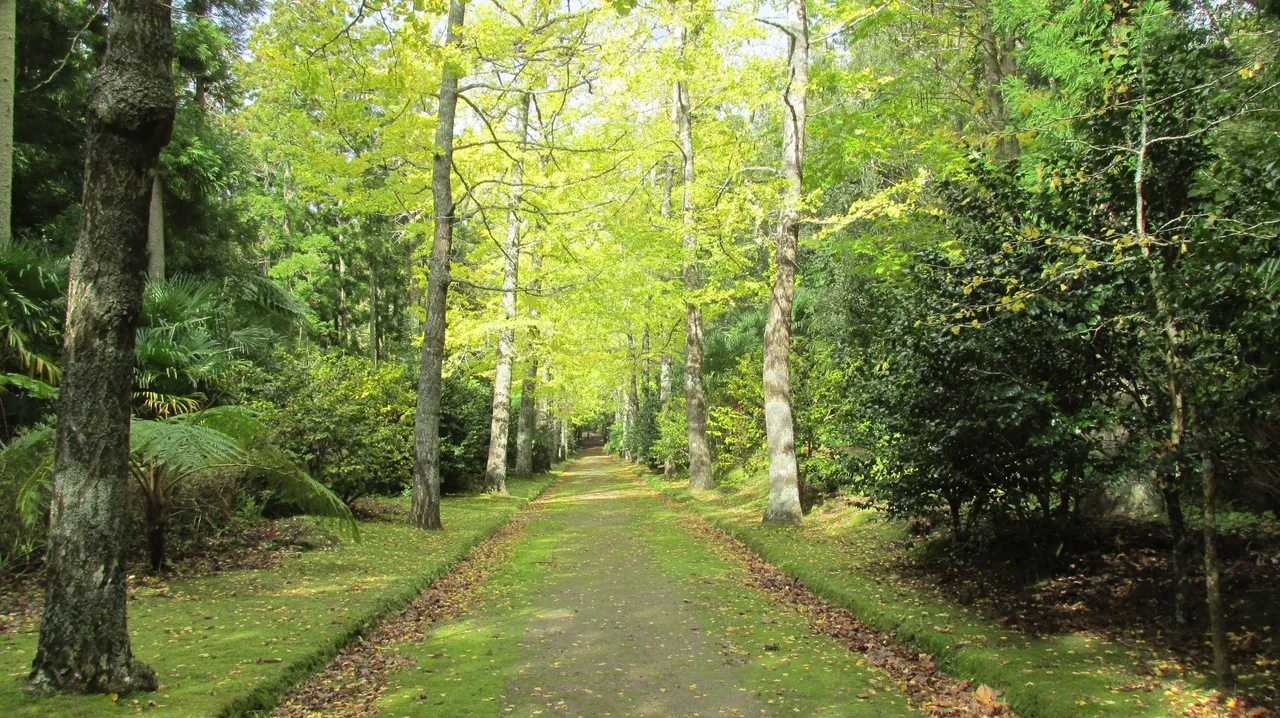
Did you know male and female trees are separate?
Male trees have pollen-producing cones (like those in the photo above - Fig.1) while female trees, once fertilised, bear rounded, yellowish seeds 1.5–2 cm long, with a fleshy outer coat (Fig.3). Although attractive in appearance, it contains butyric acid, and smells like rancid butter or vomit when seeds fall to the ground.
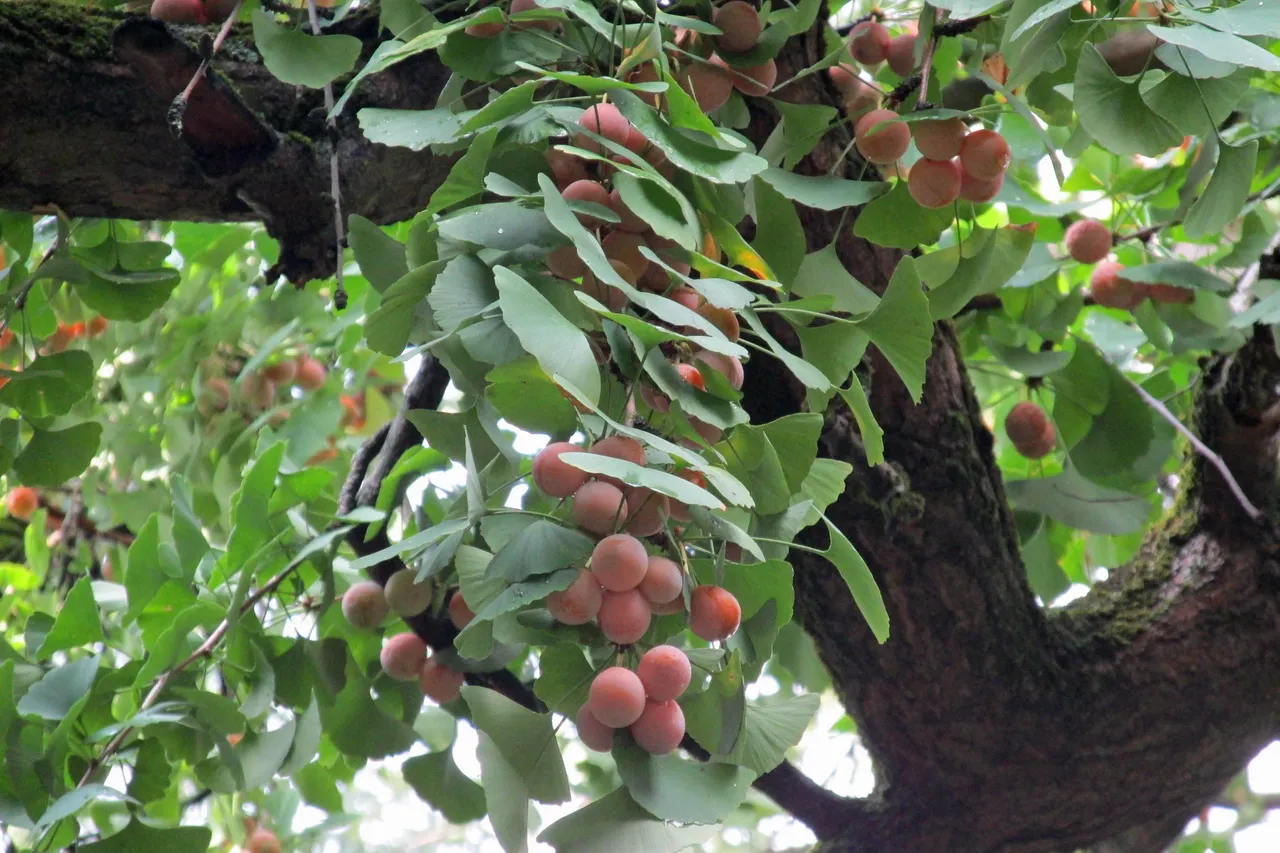
Trees reach up to 40 m in height, in a pyramidal shape, and can live as long as 3,000 years.
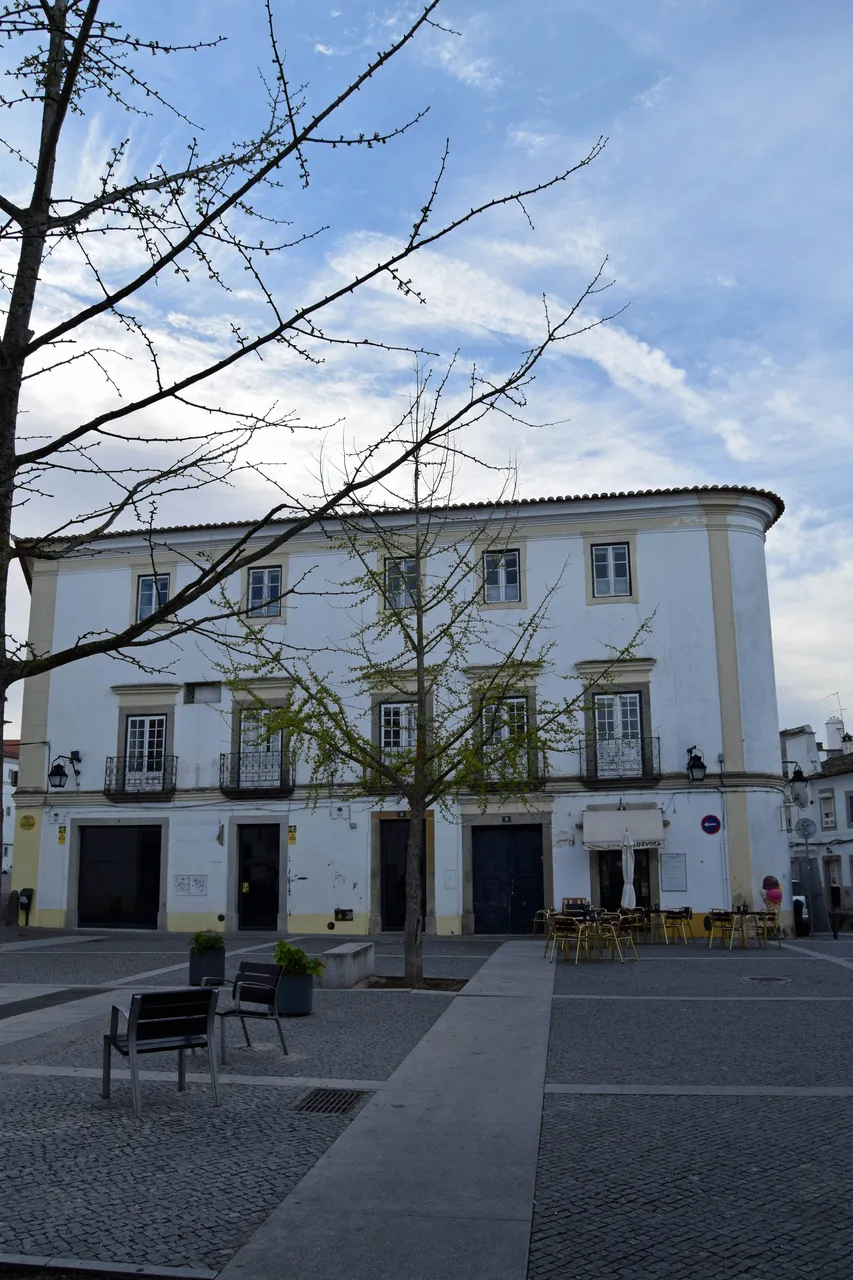
It tolerates heat, air pollution and soil salt.
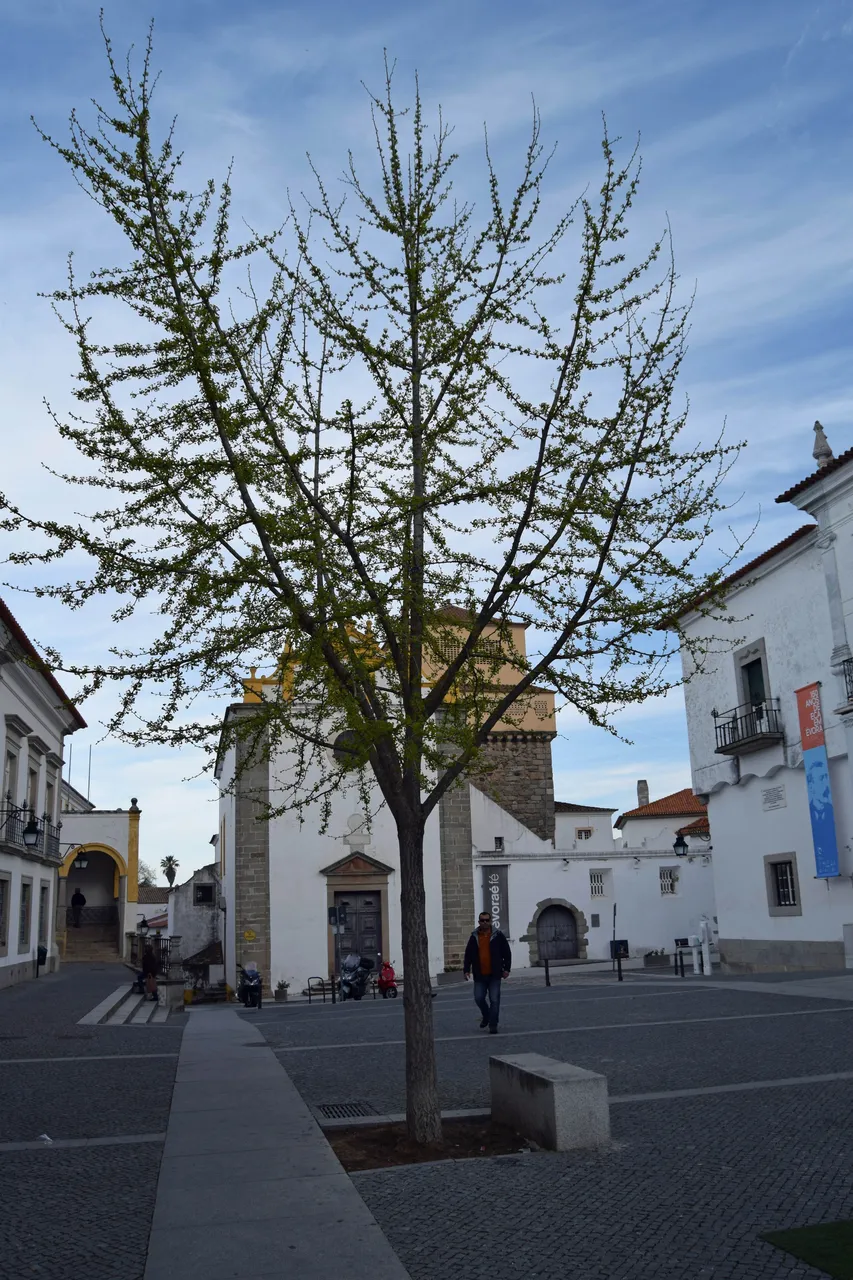
This video has short info wich I totally recommend!
Sources
[1] - Kewscience
[2] - Arborday
[3] - Wikipedia
Photos were taken in Évora, Lisbon and Azores (São Miguel)
I am a Conservation Biologist studying invasive plants. Although ginkgo tree is an introduced plant in Portugal, it's not an invasive one and I really have a great fascination about it! This week I noticed ginkgo trees in Évora were blooming, and I don't remind to see it before. I checked some old photos and realized I already had seen a female tree! The purpose of this post wasn't to get into much detail about this ancient tree but to share something I just noticed this week and learned. Hope you appreciate it too!

BADGES Courtesy of @elyaque
